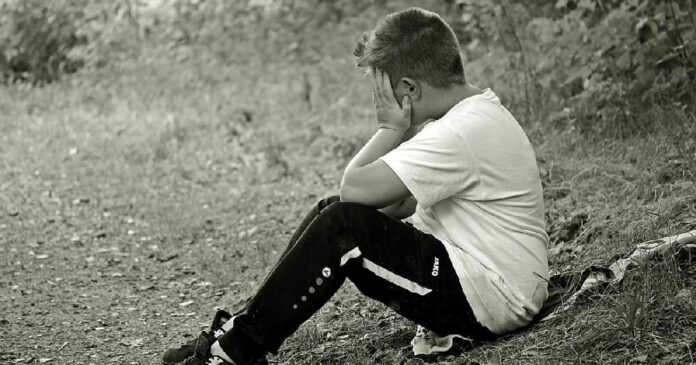Child poverty has risen most sharply in parts of the Midlands and Northern towns and cities in the past four years, according to research published today by the End Child Poverty coalition showing the scale of the challenge faced by government if it is to realise its ambition to build back better and level up opportunities for children across the UK.
The research by Loughborough University shows that, before the pandemic, in some parts of the country the majority of children were growing up in poverty, once housing costs are taken into account.
The greatest concentrations of children living in poverty are in London, with London boroughs and parts of Birmingham dominating the list of local authorities where child poverty is highest. In a dozen constituencies in London and Birmingham, more than half the children are living below the poverty line.
Yet the research also shows that the problem is not confined to the UK’s two largest cities. In the last four years, child poverty has risen fastest in parts of the Midlands and Northern towns and cities. Middlesbrough and parts of Tyneside have seen child poverty rates soar by over 10 percentage points since 2014/15.
In the past, low incomes in these areas were counteracted by cheaper housing costs, but during the five years leading up to 2018/19, rents in other parts of the country have risen by the same amount as in the capital, so in places where incomes are being depressed, this is less likely to be offset by falling relative housing costs. Many of these families find, that once their housing costs are paid, they do not have enough money to meet their children’s needs and are left no option but to turn to crisis help, like food banks, and are increasingly reliant on free school meals.
The impact of poverty on children is well documented with children from low income families more likely to experience worse physical and mental health; do less well in school; and have fewer opportunities in the future. The coalition is calling on the Government to recognise the scale of the problem and its impact on children’s lives. They are urging the Government to set out an ambitious plan to tackle child poverty encompassing not only social security spending but the high cost of housing and childcare and investment in children’s services.
The report is based on data published by the Department for Work and Pensions in March 2020, and on estimates of the effect of housing costs on poverty rates produced by the Centre for Research in Social Policy at Loughborough University, based on survey evidence. Earlier this year, Boris Johnson was rebuked by the statistics watchdog for his repeated misuse of child poverty statistics. The Statistics Authority upheld a complaint from the End Child Poverty coalition judging that on three separate occasions his statements on child poverty were ‘incorrect’.
Anna Feuchtwang, Chair of End Child Poverty which commissioned the research, said:
“The Government can be in no doubt about the challenge it faces if it is serious about ‘levelling up’ disadvantaged parts of the country. This new data reveals the true extent of the hardship experienced by families on low incomes – the overwhelming majority of which were working households before the pandemic. The children affected are on a cliff edge, and the pandemic will only sweep them further into danger.
The Prime Minister must urgently admit to the true extent of child poverty in our country rather than resorting to his own inaccurate statistics. An ambitious plan to put this shameful situation right would be transformational for millions of children. As a matter of urgency we are calling on the Chancellor not to go ahead with planned cuts to Universal Credit which would see families lose out on £1000 a year. Given today’s data, this cut is unconscionable.’







